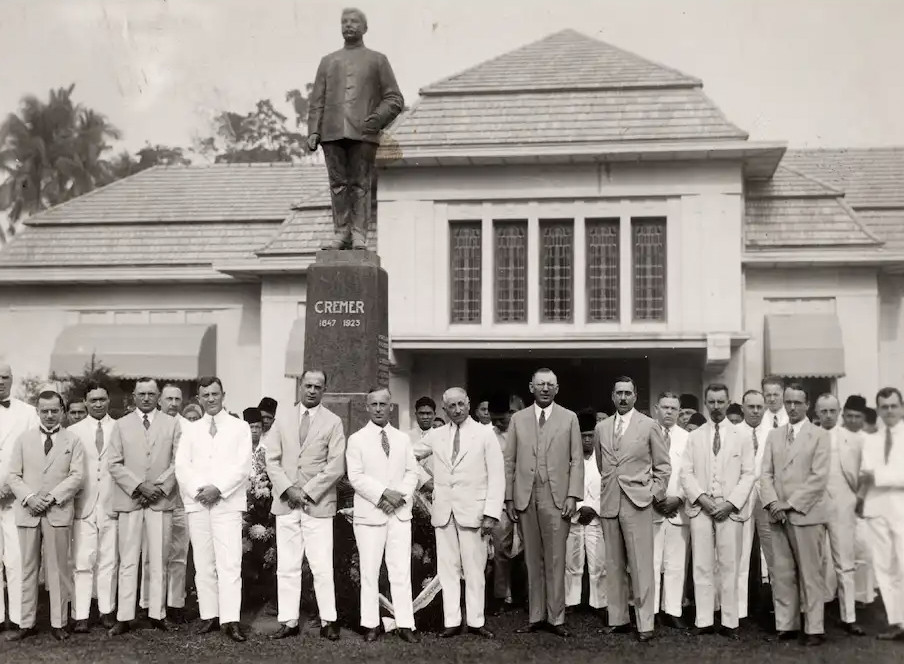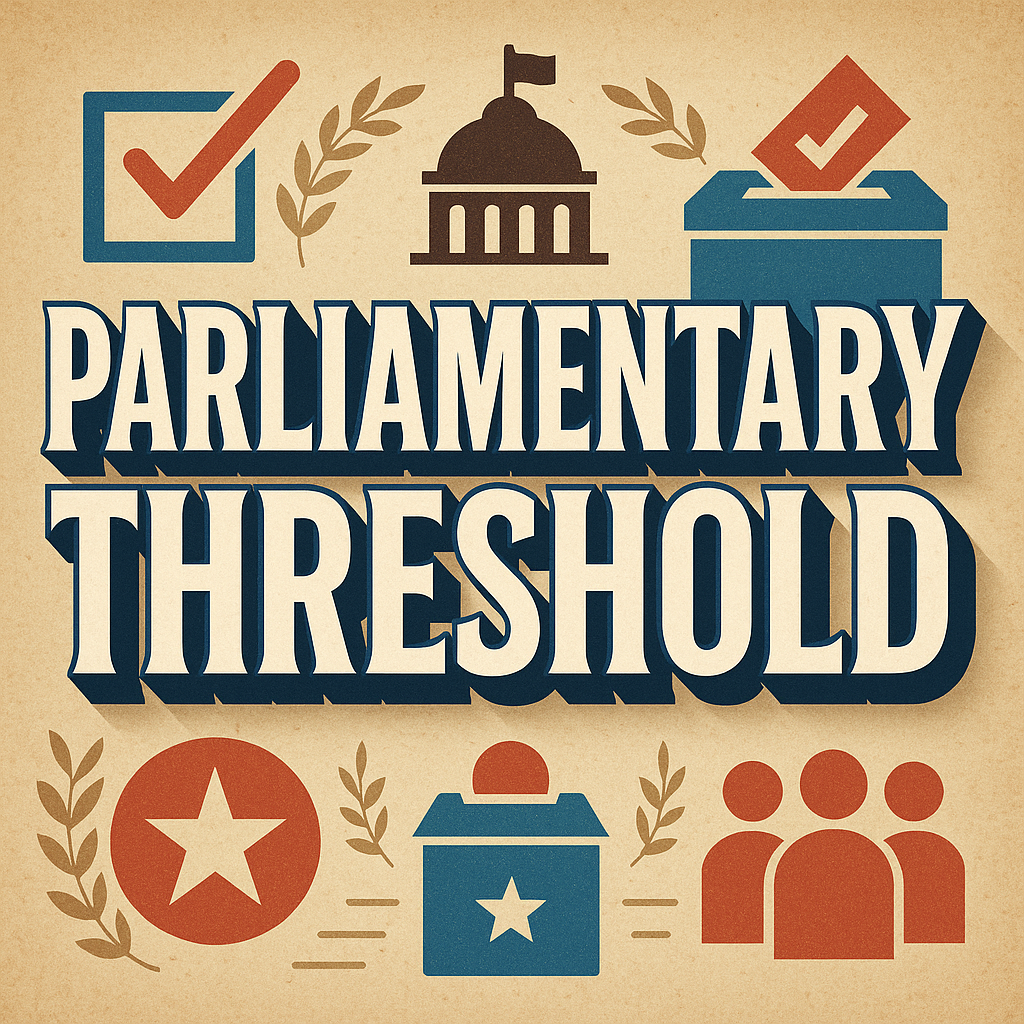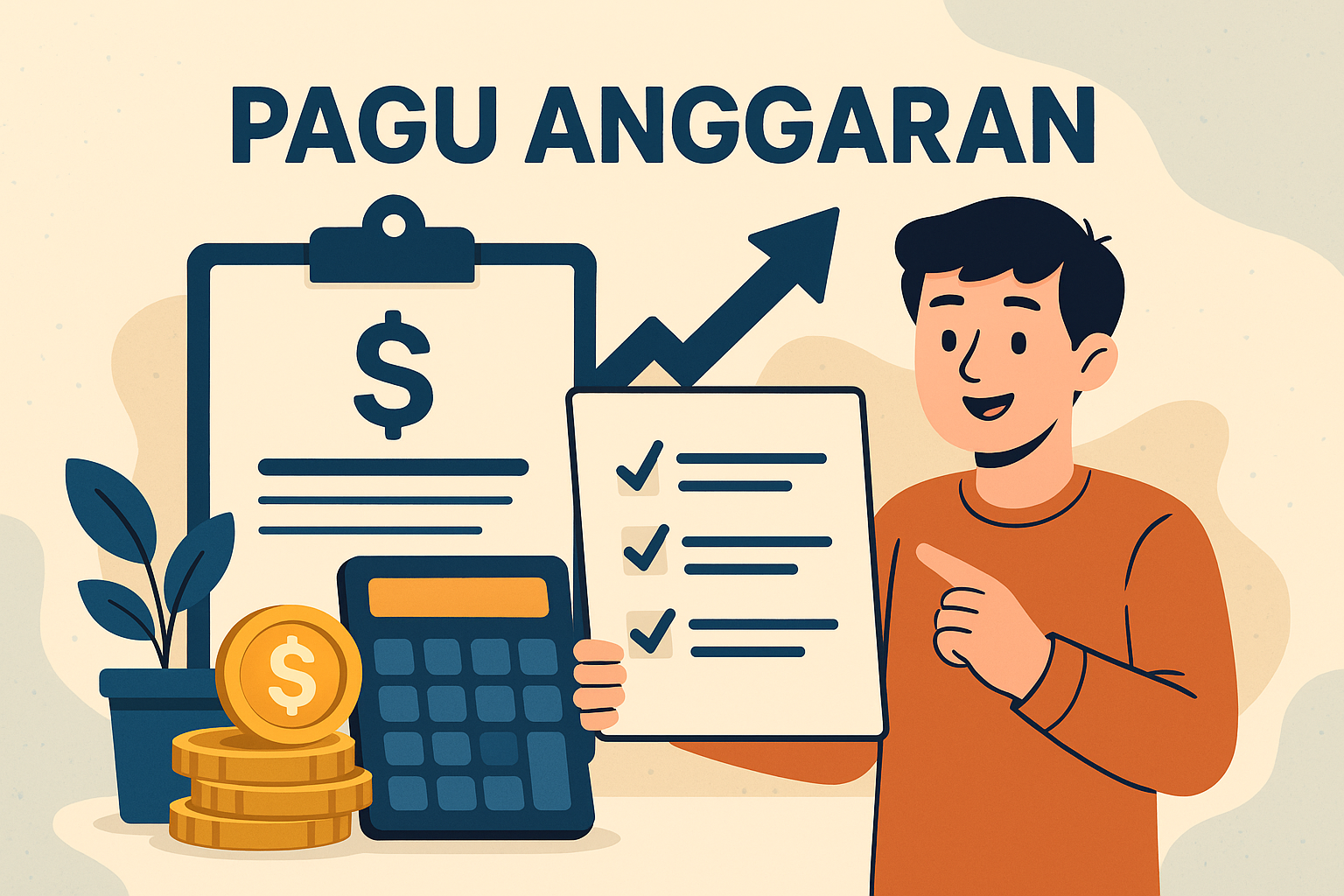Political History: Key Events Shaping Indonesia – My Journey Through Indonesia’s Tumultuous Past
JAKARTA, turkeconom.com – Indonesia’s political history is a tapestry woven with threads of struggle, resilience, and transformation. From colonial rule to independence, and through periods of turmoil and reform, the nation has faced numerous challenges that have shaped its identity. In this article, I will share my journey through Indonesia’s tumultuous past, highlighting key events that have defined the political landscape of this vibrant archipelago.
Colonial Era: The Dutch East Indies

The Arrival of the Dutch
The seeds of Indonesia’s complex political history were sown during the colonial era, beginning in the early 17th century when the Dutch East India Company (VOC) established control over the spice trade. This period marked the start of foreign domination, leading to significant social and economic changes.
Impact of Colonial Rule
Colonial policies favored the Dutch, leading to the exploitation of local resources and the suppression of indigenous cultures. The introduction of forced labor systems and cash crops created economic disparities that would have lasting effects on Indonesian society. As a result, resentment towards colonial rule began to brew among the populace.
The Road to Independence
The Japanese Occupation

World War II brought about a significant shift in Indonesia’s political landscape. The Japanese occupation from 1942 to 1945 disrupted Dutch colonial rule and provided a brief period of local autonomy. During this time, nationalist sentiments grew, and leaders like Sukarno and Mohammad Hatta emerged as prominent figures advocating for independence.
Proclamation of Independence
On August 17, 1945, Sukarno and Hatta proclaimed Indonesia’s independence, marking a pivotal moment in the nation’s history. However, the struggle for recognition from the Dutch continued, leading to a diplomatic standoff and armed conflict. The Indonesian National Revolution (1945-1949) saw widespread resistance against colonial forces, ultimately leading to Dutch recognition of Indonesia’s sovereignty in 1949.
The Guided Democracy Era
Sukarno’s Leadership
Sukarno became Indonesia’s first president and implemented a system known as Guided Democracy in the late 1950s. This approach aimed to balance the interests of various political factions, but it also centralized power in Sukarno’s hands. His charismatic leadership initially garnered support, but increasing authoritarianism led to political instability.
The Rise of the Communist Party
During this period, the Indonesian Communist Party (PKI) gained significant influence, leading to tensions with the military and Islamic groups. The political landscape became increasingly polarized, setting the stage for future conflict.
The 1965 Coup and Its Aftermath
The Coup d’État
On September 30, 1965, a failed coup attempt attributed to the PKI led to widespread anti-communist purges across the country. The military, led by General Suharto, seized control, marking the beginning of a new regime. This event resulted in the deaths of hundreds of thousands of suspected communists and left a deep scar on Indonesian society.
Suharto’s New Order
Suharto established the New Order regime, which prioritized economic development and stability but did so through authoritarian means. His government suppressed dissent, controlled the media, and maintained power through a combination of political repression and economic growth. While the New Order brought economic progress, it also fostered corruption and human rights abuses.
Reformasi: The Fall of Suharto
The Asian Financial Crisis
In the late 1990s, the Asian Financial Crisis hit Indonesia hard, leading to economic turmoil and widespread protests against Suharto’s regime. The public’s discontent culminated in mass demonstrations, calling for political reform and accountability.
The Fall of Suharto
On May 21, 1998, Suharto resigned after 31 years in power, marking a significant turning point in Indonesian history. This period of reform, known as Reformasi, ushered in democratic reforms, decentralization of power, and greater political participation.
The Democratic Era
Transition to Democracy
Post-Suharto Indonesia has seen a transition towards democracy, characterized by free elections, the establishment of civil society, and a vibrant media landscape. However, challenges remain, including corruption, regional disparities, and the rise of extremist ideologies.
Ongoing Political Challenges
The contemporary political landscape in Indonesia is marked by a struggle for balance between democracy and authoritarian tendencies. Issues such as religious intolerance, environmental degradation, and socio-economic inequality continue to shape the nation’s political discourse.
Conclusion

My journey through Indonesia’s tumultuous political history has illuminated the resilience and determination of its people. The key events that have shaped the nation—from colonial rule to independence, authoritarianism, and the quest for democracy—underscore the complexities of its political landscape.
As Indonesia continues to navigate its path forward, understanding its past is essential for fostering a more inclusive and equitable future. The lessons learned from history serve as a guide for the ongoing struggle for democracy and justice in this diverse and dynamic nation.
Sharpen Your Skills: Delve into Our Expertise on Politic
Check Out Our Latest Piece on Corruption Perception!











